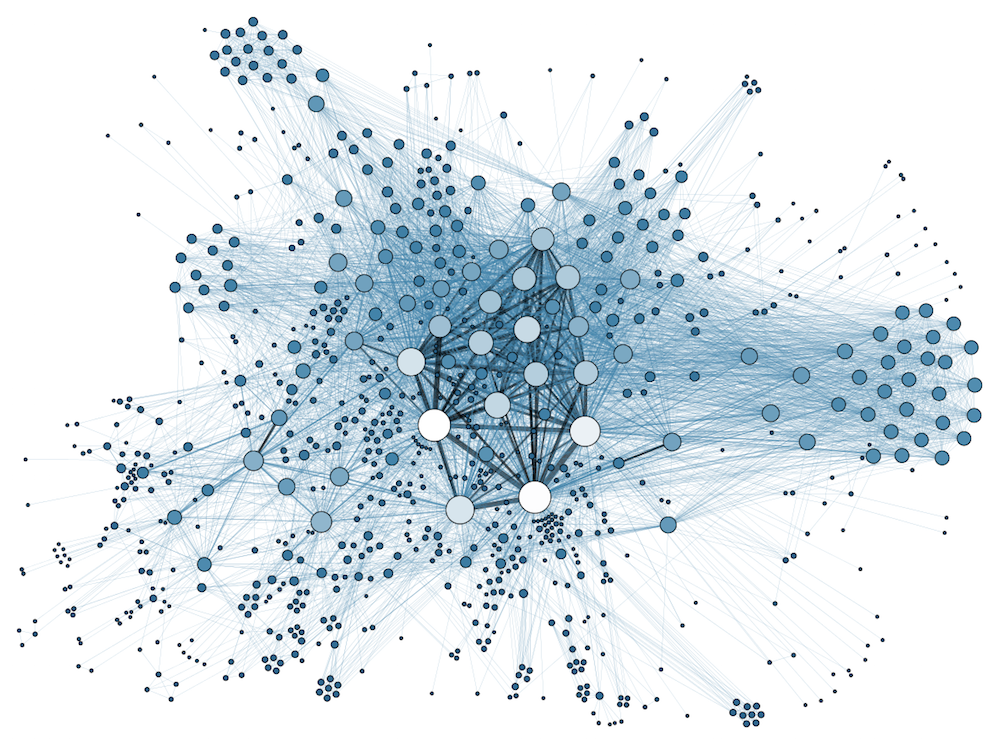
Ten years ago, there was no story when it came to databases. SQL dominated.

Fast forward, and interest and innovation around new database approaches has increased. The result: the rapid development of a very diverse set of alternative, NoSQL database models. Overnight, we went from a handful of options to hundreds, as the industry weighed different ways of working with information in different shapes, sizes and forms.
Developers have since tested and introduced dozens of new data models, including key-value, column-family and where my company has made its stand, graph databases. Without a doubt, we’ve seen relational databases maintain a strong position in the market.
However, we’ve also seen the emergence of a variety of alternatives to the SQL Servers, Oracles and DB2s ranging from niche to mainstream, with countless options in between. Currently, DB-Engines counts more than 300 different options – a huge array of choices that point to a creativity in the marketplace as customers solve increasingly complex problems.
However, in a competitive market that large number isn’t going to last forever. We’re at a crossroads for database technology. When we look to the future, even just five years out, the world of data looks very different, a natural result of competition in the market as we settle on which databases have the ability to dramatically change business.
I believe that by 2022, the world of data will have divided into three markets:
- The first segment will be the relational world. This space isn’t going to blow anyone away with its growth numbers, but SQL is still the dominant technology and isn’t going anywhere soon. There are countless applications and use cases for relational, and countless enterprises still rely on them; they will remain the workhorse of enterprise data processing.
- Next up will be tier one non-relational database in the NoSQL space. Here, we’ll see a handful of winners come to the forefront, and many have already emerged – MongoDB for documents, Redis for key value, Cassandra for column family and my firm’s Neo4j for graph databases, for example. Although each of these leaders have their own native data model, they’ll all offer secondary functionality for other data models as well, leading to some overlap between use cases and so the basis for strong commercial growth.
- The last element of the database market will be the tier two non-relational databases that focus on niche models. These niches include those models that the leaders haven’t had time to invest in – such as geospatial, time-series databases and the like. Inevitably, due to the smaller use cases and boutique models, these will have less of a commercial impact but can still carve out a valuable segment of the market.
So, that’s where the market stands with databases. But what happens when we zoom in on graph technology? Obviously, as the creator of Neo4j, I’m biased towards that model. However, the figures show that this has seen impressive growth. And despite all of the competition vying for mindshare in the NoSQL space, we’ve seen graph database technology take first place as the fastest growing category of database of the last three years, according to DB-Engines.
What propels this growth and graph technology’s commercial success is the belief that with graph databases the relationships between data are cherished, treated like first-class entities, on a par with the data itself. Those relationships are critical, because as enterprises become more technologically savvy, the value placed on connected data has increased.
The world’s top businesses are looking to connect everything – supply chain, CRM, marketing technology, logistics, customers data, payment history, social media posts, and other things we haven’t figured out are significant yet – making the value of these connections rapidly increase.
Organisations around the world realise that, in terms of data, a connected enterprise is more effective, and far more profitable, than the disconnected one. Graph and NoSQL’s first years have been marked by rapid growth, but I believe that in 2017 and the years beyond, graph technology will become an enterprise standard for every Fortune 500 company.
Things have changed. The question is, is your organisation grasping the opportunity that change offers or not?


